In a world where technological advancements continue to redefine the boundaries of what’s possible, the military sector is no exception. From autonomous drones to advanced AI systems, cutting-edge innovations are being developed to enhance defense capabilities and ensure national security. In this article, we explore the 10 most innovative military technologies currently in development, showcasing the groundbreaking advancements set to transform modern warfare.
Contents
Autonomous Drones
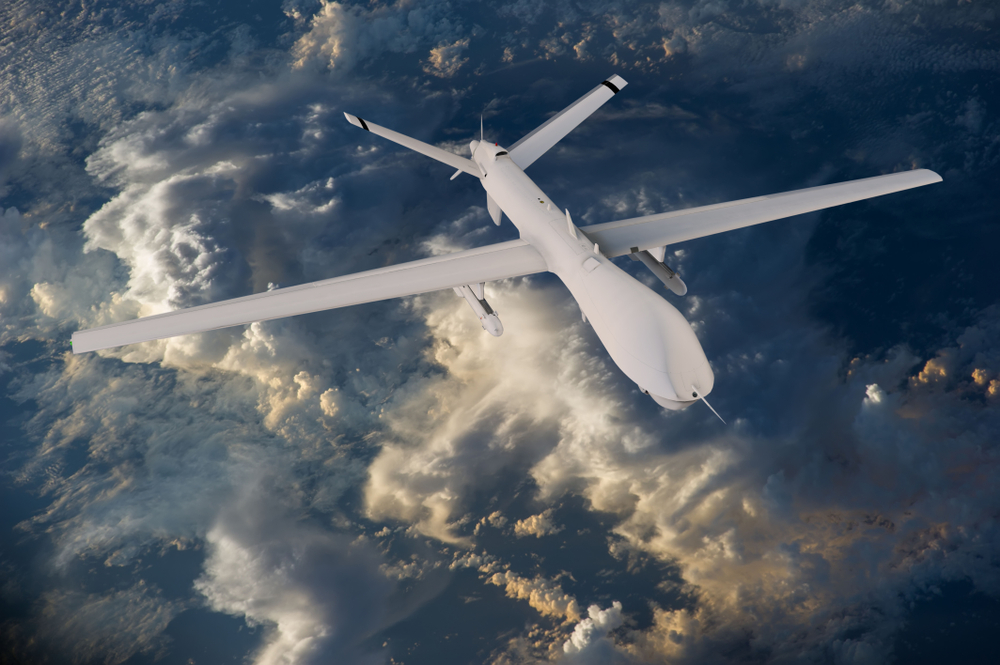
Autonomous drones represent a leap forward in military technology by eliminating the need for human intervention in mission execution. Equipped with advanced AI and machine learning algorithms, these drones can perform complex tasks such as surveillance, reconnaissance, and targeted strikes with high precision. Features like real-time data processing, obstacle avoidance, and adaptive learning capabilities make them indispensable for modern warfare, providing a significant tactical advantage and reducing risks to human soldiers.
Hypersonic Missiles
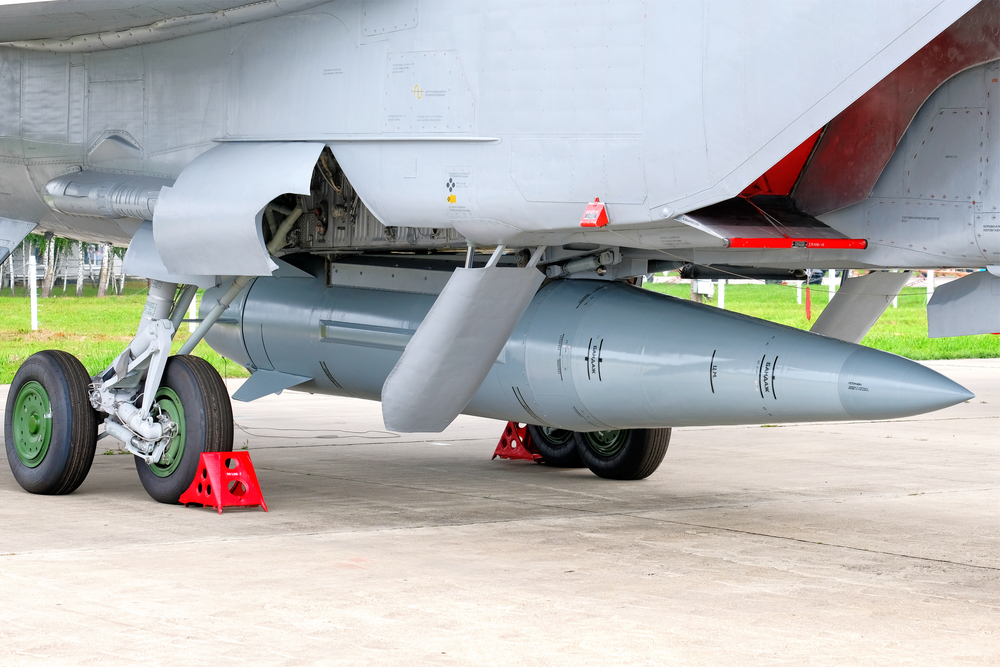
Hypersonic missiles, capable of traveling at speeds exceeding Mach 5, are revolutionizing the speed and efficacy of military strikes. These missiles can maneuver at high velocities, making them difficult to intercept by current missile defense systems. Their rapid speed reduces the reaction time for adversaries, enhancing the element of surprise and increasing the probability of mission success. Hypersonic technology is set to redefine strategic deterrence and offensive capabilities in modern militaries.
Directed Energy Weapons
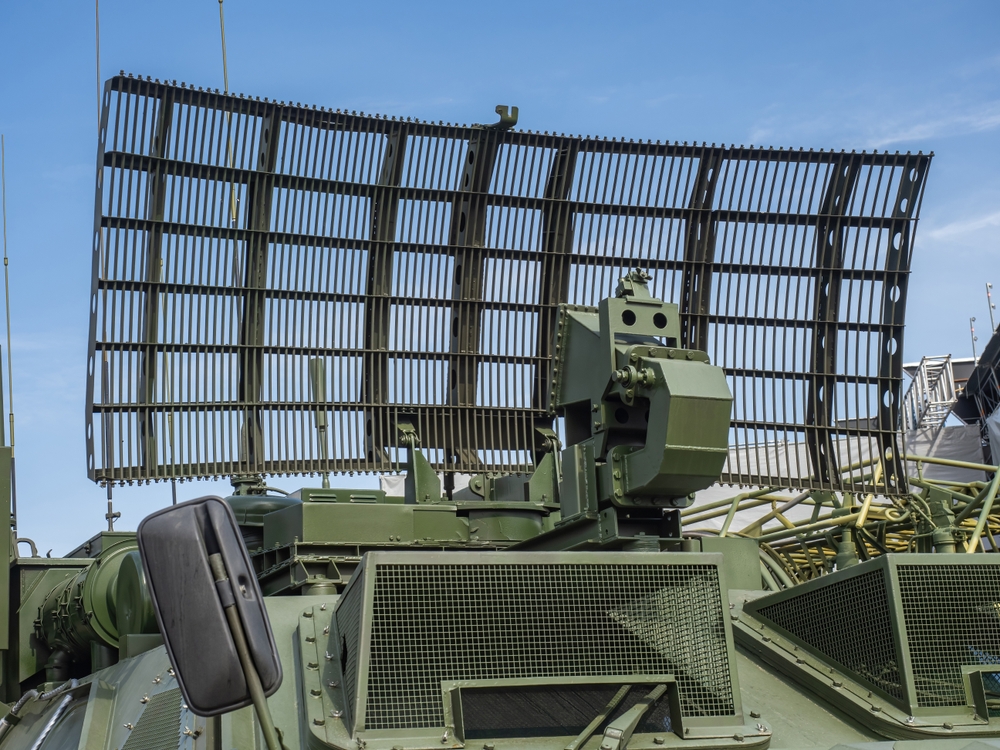
Directed energy weapons, including lasers and microwaves, offer unprecedented accuracy and efficiency in targeting. These weapons can disable or destroy targets at the speed of light, reducing collateral damage and logistical challenges associated with conventional ammunition. With features like precise targeting, scalability, and minimal operational costs, directed energy weapons are poised to become a cornerstone of future military arsenals, particularly in missile defense and anti-drone applications.
Exoskeletons for Soldiers

Wearable exoskeletons are designed to augment the physical capabilities of soldiers, increasing their strength, endurance, and mobility. These devices can significantly reduce fatigue and the risk of injury, allowing soldiers to carry heavier loads and perform demanding tasks with greater efficiency. Features like motorized joints, lightweight materials, and ergonomic designs make exoskeletons a transformative technology for enhancing soldier performance on the battlefield.
Quantum Computing

Quantum computing offers unparalleled computational power, capable of solving complex problems and processing massive datasets far beyond the capabilities of classical computers. In the military context, quantum computers can be used for advanced simulations, cryptography, and optimizing logistics. Their ability to break current encryption methods poses both a challenge and an opportunity, driving the need for quantum-resistant cryptographic techniques.
Cyber Defense Systems

Next-generation cyber defense systems employ cutting-edge technologies to protect against increasingly sophisticated cyber threats. These systems leverage AI, machine learning, and behavioral analytics to detect, prevent, and respond to cyber attacks in real time. With features like automated threat detection, incident response, and threat intelligence sharing, advanced cyber defense mechanisms are essential for safeguarding critical military infrastructure and data.
Unmanned Underwater Vehicles (UUVs)
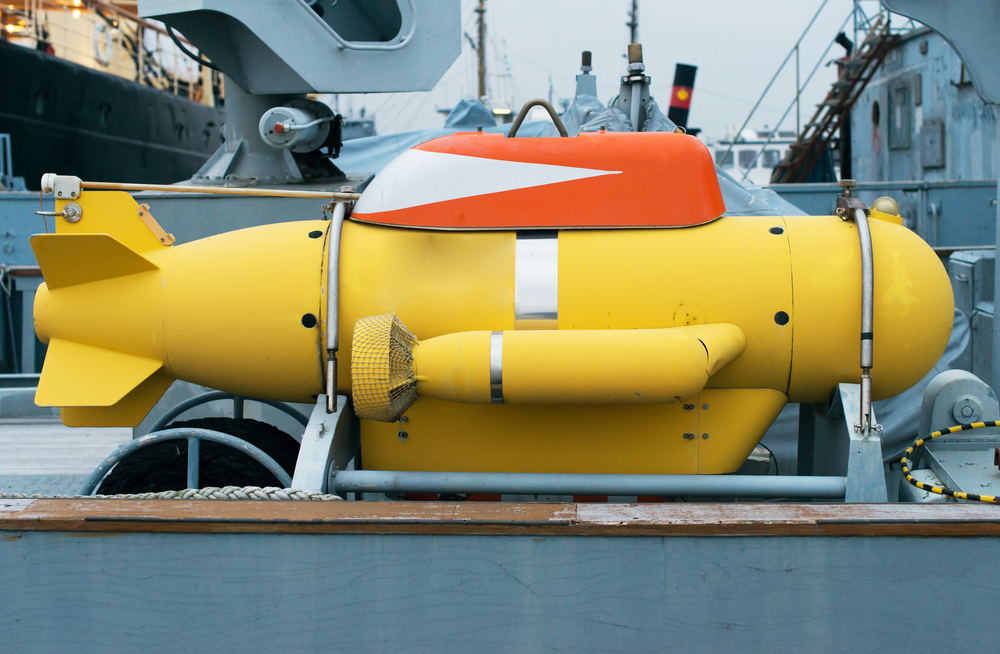
Unmanned Underwater Vehicles (UUVs) are autonomous submarines designed for a variety of missions, including surveillance, reconnaissance, mine detection, and underwater warfare. Equipped with advanced sonar, navigation, and communication systems, UUVs can operate in challenging environments without putting human operators at risk. Their versatility and stealth capabilities make them a valuable asset for modern naval operations.
High-Energy Laser Systems
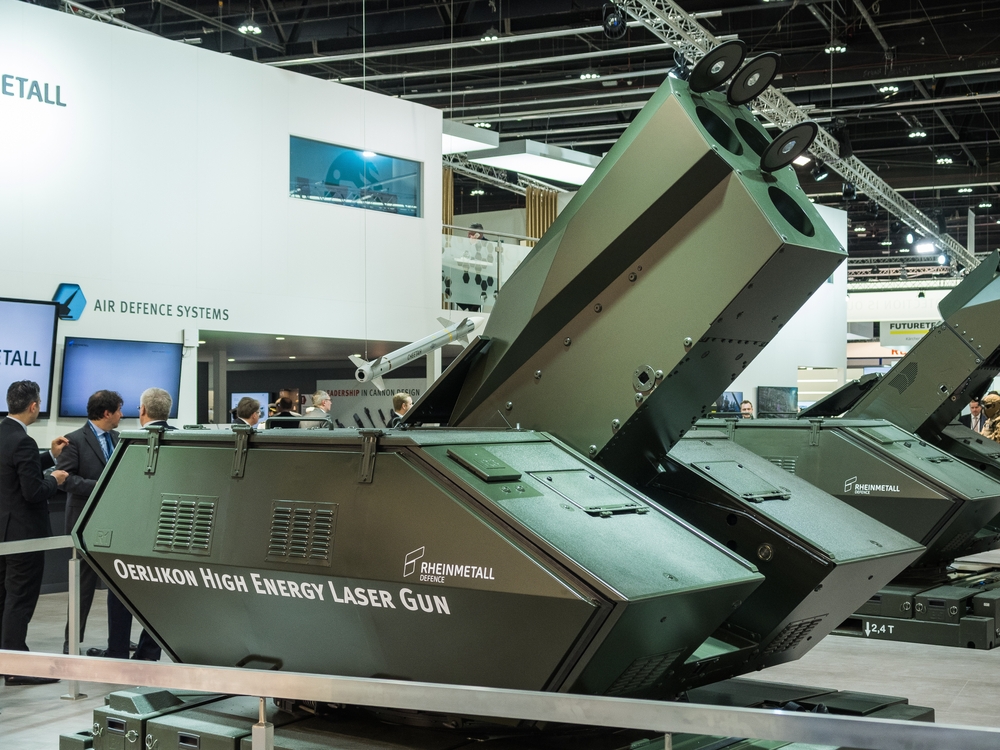
High-energy laser systems offer a versatile and precise method of neutralizing threats, from incoming missiles to drones. These systems use focused energy beams to damage or destroy targets at the speed of light, providing a cost-effective and logistically simpler alternative to traditional munitions. Their precision and scalability make them suitable for a wide range of defensive and offensive applications.
Biometric Authentication Systems

Biometric authentication systems enhance security by using unique physiological and behavioral characteristics, such as fingerprints, facial recognition, and iris scans, for identity verification. These systems are crucial for securing access to sensitive military installations, equipment, and information. The integration of advanced biometrics ensures that only authorized personnel can access critical resources, reducing the risk of espionage and unauthorized access.
Synthetic Biology

Synthetic biology involves the engineering of biological systems for specific purposes, including medical and environmental applications. In the military context, synthetic biology can be used to develop new vaccines, biofuels, and biosensors. These innovations have the potential to improve soldier health, enhance environmental resilience, and provide novel solutions to logistical challenges.
This article originally appeared in MyCarMakesNoise.
More from MyCarMakesNoise
10 Subtle Warning Signs of Unmarked Police Cars You Should Know

When you’re driving, it’s important to stay aware of your surroundings, especially when it comes to unmarked police cars. These vehicles are designed to blend in, but they often have subtle clues that give them away. Read More.
25 Stunning Cars That Deserved a Second Chance

In the ever-changing world of automotive design, some stunning cars were discontinued before their time. These vehicles left a lasting impression on enthusiasts and casual drivers alike. Read More.
10 Pioneering Commercial Planes That Shaped Modern Air Travel

Embark on a historical journey through the skies as we explore the groundbreaking aircraft that have transformed the landscape of commercial aviation. These flying marvels, from the revolutionary Boeing 747 to the supersonic Concorde, have not only altered the dynamics of air travel but have also left an indelible mark on global connectivity and cultural exchange. Read More.














